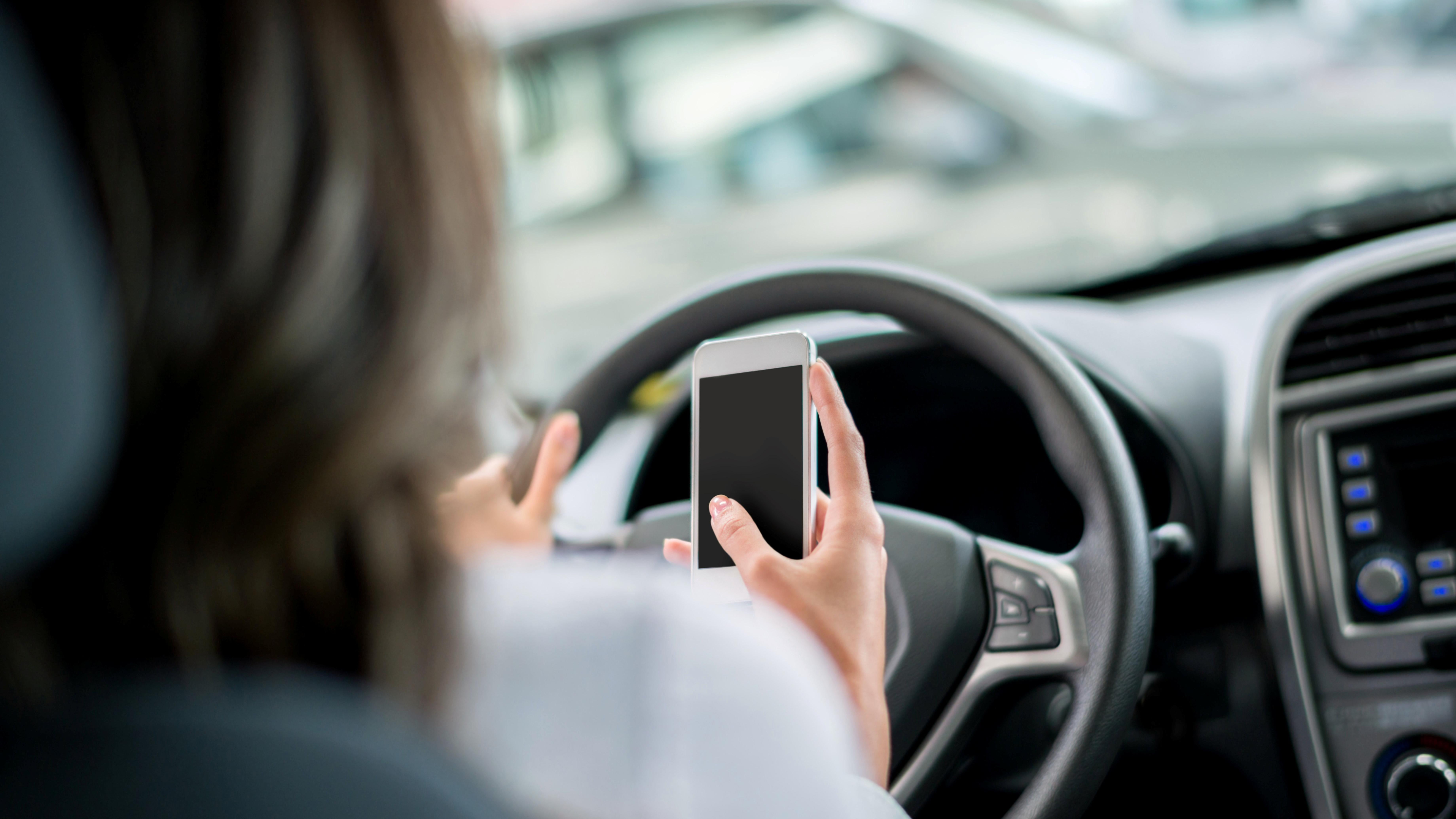
Drivers regularly have to deal with all kinds of in-car distraction: children arguing on the back seat, irritating advertisements on the radio, hectoring sat-navs, the temptation of a travel sweet. But the potential of the smartphone to divert our attention with calls, messages, news and social media updates is becoming ever greater. Cars may be getting safer, but our ability to operate them is being impeded as drivers choose to open apps, swipe screens and type messages as the vehicle is moving.
Road safety campaigners have heralded the arrival of a new piece of Apple software as an important step towards saving lives. “Do Not Disturb While Driving” is able to automatically shut down notifications while the phone is moving at a car-like speed; it can auto-respond to text messages, allow important alarms through and permit hands-free calls while keeping all other distractions at bay. Crucially, it’s baked into the iPhone’s operating system, and there have been calls for Google and Microsoft to follow suit.
It’s the latest of a series of attempts to tackle a growing problem. Across the globe, police forces and departments of transportation have used advertising campaigns to warn us of the dangers, but whether harrowing or humorous, their effect has been minimal. Governments have beefed up punishments; in the UK the penalty for using phones at the wheel was recently doubled, in the United States a growing number of states have prohibited phone use, and yet the number of people who still do it continues to grow, with surveys showing people even admitting to taking photographs at the wheel. It’s often been said that a driver moving at 55 miles per hour will have travelled the length of a football pitch in the time it takes to send a text message; with this in mind, it would seem to be in our interests to use software to remove any temptation.
“The benefits far outweigh the inconveniences,” says Jason Wakeford of road safety charity Brake. “It’s very difficult to say how many lives it will save because there are real issues with the quality of road safety data, but we’re expecting the numbers to continue rising.”
Smartphone users have, for many years, had the option of downloading apps that stop notifications at the wheel, while other apps provide modified interfaces with big buttons for in-car usage such as for navigation or music. (Spotify, for example, appears to be testing a “driving mode” version of its app.) But, as Wakeford points out, this ends up being a case of preaching to the converted. “The people who download these apps are already conscious of road safety,” he says, “and they aren’t the people we need to be reaching. The feature needs to be built in as default. We would argue that there is a moral obligation for technology firms to do this.”
If that moral obligation exists, the industry has been slow to act upon it – possibly because it recognises that people don’t really want it. There are often gaps between what’s good for us and what we want, and technology firms have a historical reluctance to be seen as nannies enforcing good behaviour; if they’re too dictatorial, people will jump ship to a competitor. Apple was the first to make the move last week, but they’ve certainly made the feature easy to override; it evidently needs to be switch off-able for people who are passengers rather than drivers, but it only takes a couple of taps for a driver to disable it completely.
Apple’s recent move has been a while coming. The company filed a patent in 2008 for “a lock-out mechanism” triggered by a “motion analyser”, explaining that the invention was necessary because: “Texting while driving has become so widespread that it is doubtful that law enforcement will have any significant effect,” also noting that people have little motivation not to use their phones, even if they understand the dangers.
This patent was cited in one of a number of court cases brought against Apple in recent months, which attempted to pin blame on the company for accidents involving mobile phone distraction. By failing to use their patent, Apple stood accused of negligence. But this argument cut little ice. One judge noted that the driver “is engaging in compulsive or addictive behaviours… it is the driver’s negligence in engaging in those activities that causes any resulting injuries”. In other words, we aren’t the helpless puppets of our handheld gadgets, we’re responsible for our own actions.
And yet the issue of drivers’ mobile phone-use offers perhaps no clearer indication of the way smartphones have instilled addictive behaviours in us. “It’s not dissimilar to people who know the dangers of substance abuse such as nicotine or alcohol, but still do it irrespective of the risks,” says psychologist Dr Lee Hadlington. “The DSM [Diagnostic and Statistical Manual of Mental Disorders, Fifth Edition, the DSM-5, the standard classification of mental disorders] hasn’t yet categorised excessive smartphone use as an addiction – but our brain is wired for rewards, and smartphones are reward systems. Sometimes the notifications are good, sometimes they’re bad. The associated worry that we might be missing out creates a repetitive behaviour.”
What might force a change in that behaviour? One company, Racelogic, has come up with a device that sits under the driver’s seat, sending a small electrical charge through the driver’s body and causing the phone to lock when they attempt to operate it. This, however, is unlikely to provide a viable solution. “All the technology is available,” says Hadlington, “but if you find it annoying and it’s stopping you doing things you want to do, you’ll switch it off. The change has to be societal.”
But our smartphones have become a source of endless intrigue while feels almost impossible to reverse. The best chance of reducing the number of accidents caused by smartphone use may well be the development of automated cars; we will no longer be responsible for controlling them, technology will have solved the problem that it created, and we’ll be free to bury our faces in our phones as much as we like.










